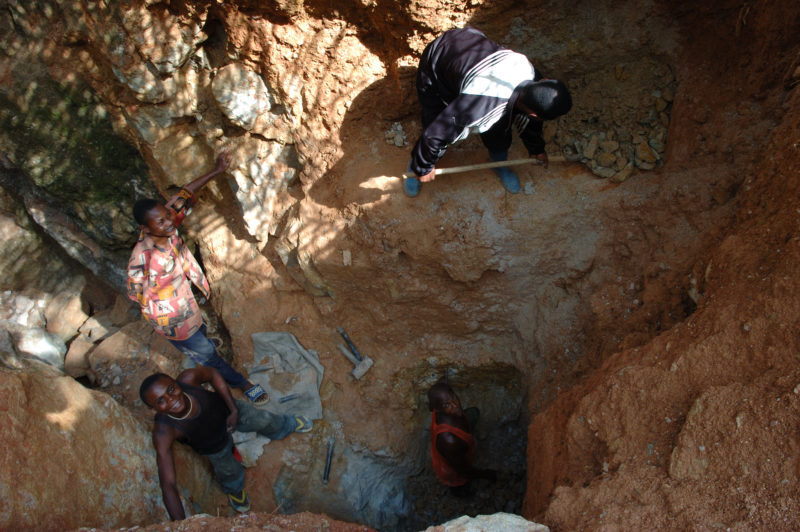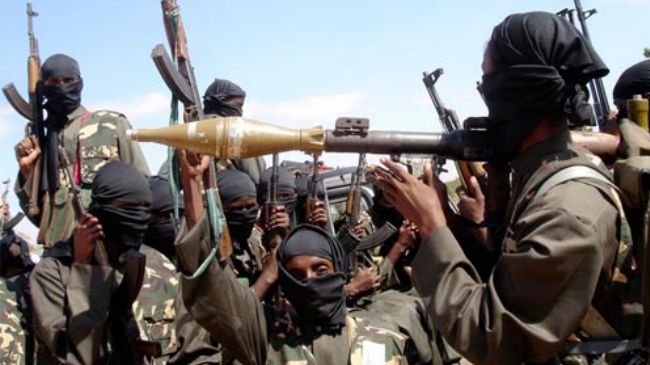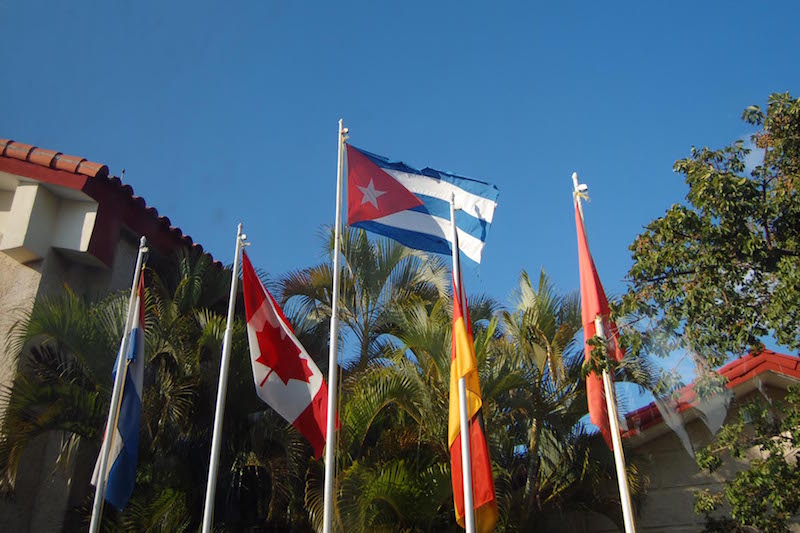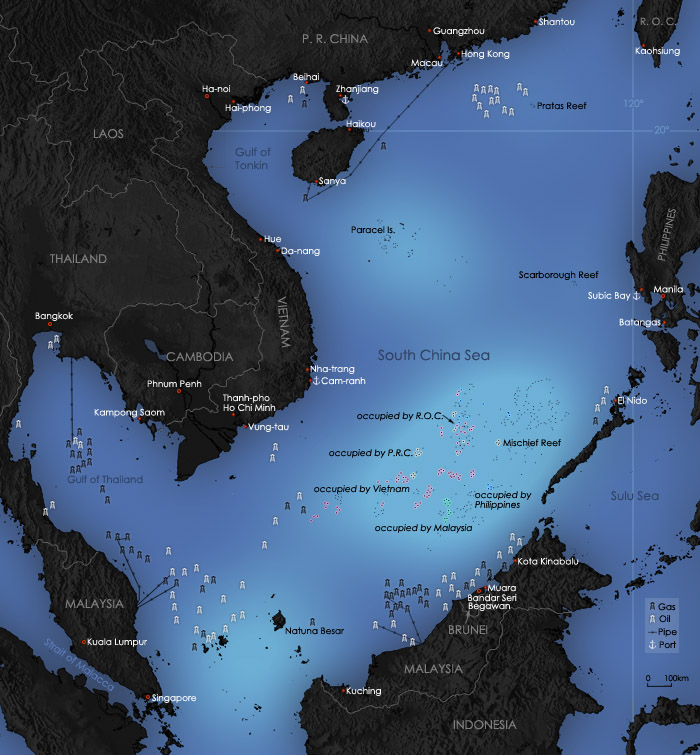In 2009, Sir David King, UK government’s former chief scientific adviser wrote that the 2003 Iraq war was the first resource war of the century. His prediction, echoing 19th century British thinker Thomas Malthus, was that growing human populations, accompanied by decreased access to natural resources, would result in more conflicts across the planet. King predicted that future historians “might look back on our particular recent past and see the Iraq war as one of the first conflicts of this kind –the resource wars.” According to the United Nation Environmental Programme, more than 40% of all intrastate conflicts over the past sixty years are linked to natural resources.
Recently, a group calling itself the Niger Delta Avengers forced Chevron to cut down oil production in the country from 2.2 to 1.4 million barrels a day. Insurgent groups such as the infamous Islamic State of Iraq and the Levant (ISIL) increasingly direct their attention at capturing key resources. By the end of 2015, ISIL controlled up to 60% of oil production in Iraq. Mexico is also experiencing the same trend; drug cartels are increasingly turning to the lucrative pipeline tapping business, with up to thirteen illegal tappings found every day in the country.
Around the world, criminality and terrorism are becoming more difficult to differentiate, as organized groups divert from ideologically oriented agendas to mere racketeering and renting activities. In An analytical history of Terrorism: 1945–2000, Prof. William F. Shughart II, from the University of Mississippi argues “that the very complexity of large scale attacks required a systematic appropriation of funds, which in turn tends to become end in itself. Gain (or avoidance of loss) is the common reason for war.”
More uncertainty, more diversion
Bernice Lee et al. argue that resource politics, not environmental preservation or sound economics, are set to dominate the global agenda in the years ahead. At the heart of the problem is a heightened state of commodity price volatility, partly induced by a temporary downturn in Chinese growth and by geopolitical crises across the world. According to the global insurance Euler Hermes, the risk is higher in emerging markets exposed to China, where market dependence on coal, copper and steel are likely to see a depreciation of their currency.
Over reliance on commodity prices imply by definition exposure to price volatility, which leads to political instability, as “large amounts of floating revenues attract political contests for their capture.” Governments that rely on the extraction of a single resource risk losing their entire budget over a sharp drop in market prices.
These crises have already happened several times to major oil exporters, as for example in 1973 and 1979. But the problem is now much broader. Commodity price variations have effectively become the new norm, and governments are still coming to terms with that reality. The Quarterly America explains “after a period of relatively low instability in the 1990s, annual price volatility across the commodities markets is now higher than it has been at any time in the past century, with the exception of the 1970s for energy prices.”
Verisk Maplecroft, an intelligence firm, released a gloomy forecast for 2016. Its Civil Unrest Index 2016 ranks 31 of sub-Saharan Africa’s 49 countries as “falling within the ‘high’ or ‘extreme’ risk category, highlighting the threat of disruption for companies operating in these markets.” This is a result of minerals and ores representing two-thirds of Africa’s merchandise exports.
An age-old problem: resource access and exit strategies
Political tension over resources stems from both abundance and scarcity, both with equally far-reaching consequences. While abundance may encourage over dependence, (and hitherto discourage diversification), scarcity suggests tensions over distribution, local community rights and aggressive competition for access. With the liberalization of trade, local challenges have become dangerously global.
Take Mongolia, a country whose government revenues rely almost exclusively on mineral exports, at a staggering 94% of national exports. Global Risk Inside recently marked Mongolia as one of the many economies suffering from volatility exposure: “As commodity prices have dropped, foreign investment in Mongolia has effectively dried up. While economic factors are limiting extractive sector growth, political and public tensions are also exacerbating the issue.” This could be Russia, Venezuela, or any of the 30 countries identified above by the Civil Unrest Index.
There are solutions, of course. Short of rethinking the global economy and addressing governments ever decreasing leverage, most of them are judicial and fiscal in nature, ascending to the International Monetary Fund. The organization recommends the improvements in the conduct of macroeconomic policy, along with better management of resource income volatility through sovereign wealth funds (SWF). In addition, beneficial growth effects can come as a result of stabilization funds, along with a suitable exchange rate regime. Government effectiveness, in this case, is arguably the key determinant for natural resource diversion.
Photo Courtesy of Julien Harneis.
Disclaimer: Any views or opinions expressed in articles are solely those of the authors and do not necessarily represent the views of the NATO Association of Canada.




